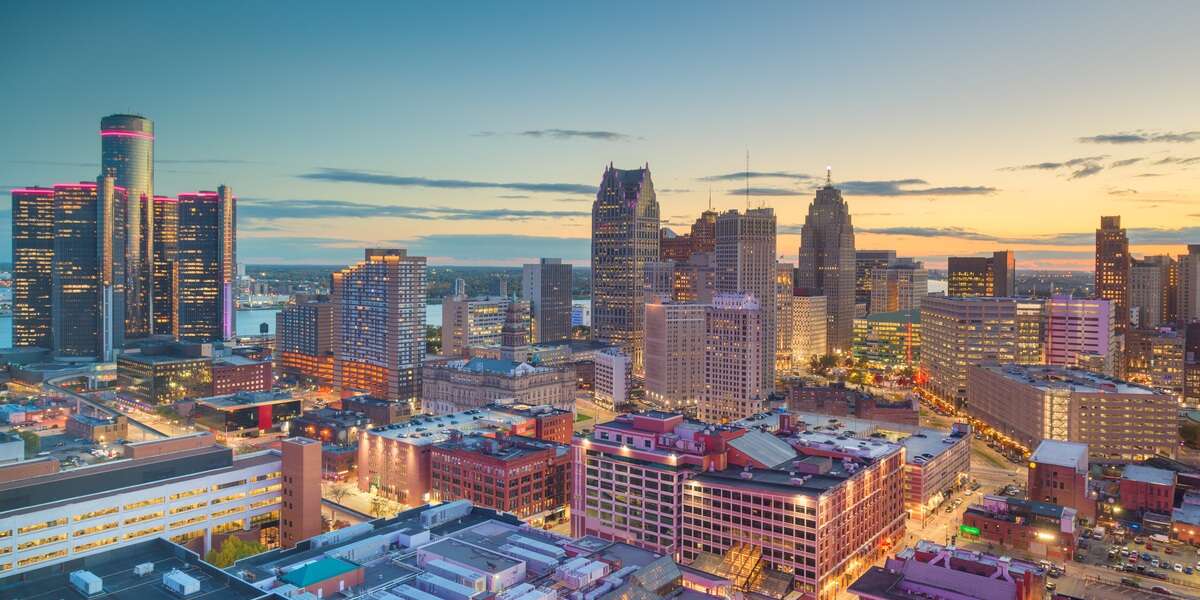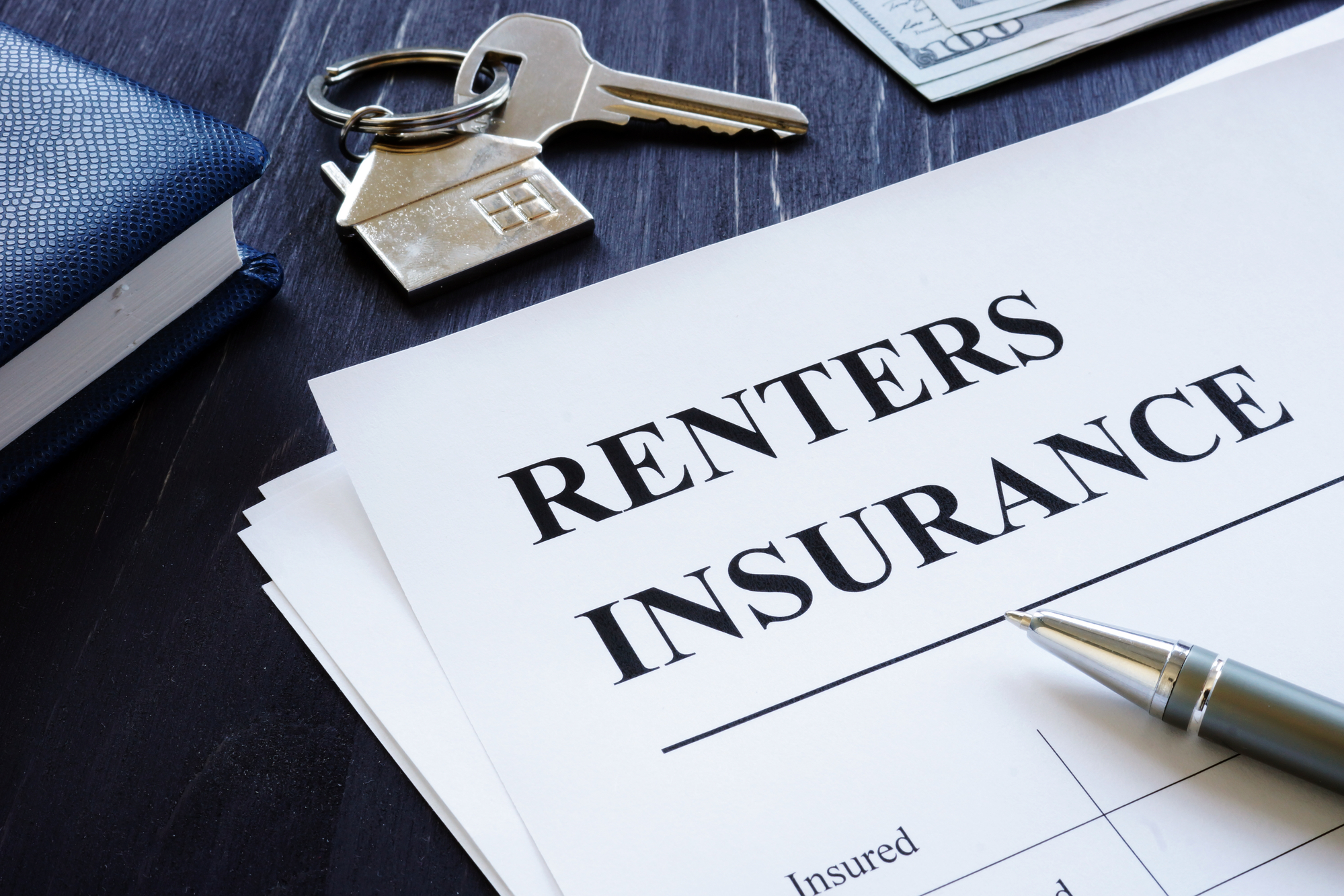Listen to the article
Up and Coming Neighborhoods in Detroit for Investors
When looking for a property to invest in in Detroit, there are a million different factors that come into play. It can be difficult to pinpoint a property that has the potential to yield substantial returns and contribute to long-term wealth building. However, you can identify promising areas by conducting a neighborhood analysis and research.
In this blog, our team at Own It Detroit will explore the benefits and risks of different areas, identify specific areas to invest in, and give insight into what to look for in a neighborhood. With these tips, you can better navigate the investment landscape and make informed decisions on where to invest your money.
Exploring Up-and-Coming vs. Established Areas
When investing in a city undergoing revitalizing efforts, like Detroit, it's not easy to decide to invest in a neighborhood that has the growth potential or to invest in an established area known to provide investment returns. Investing in a settled area will provide a stable income, but on the other hand, investing in an upcoming area may allow you to capitalize on the surge of buyers moving to the neighborhood.
Let's explore the pros and cons of these two decisions further.
The Pros and Cons of Investing In Up-and-Coming Areas
Investing in an up-and-coming area can offer exciting opportunities for growth, but it also comes with a unique set of risks.
Pros:
-
Lower property prices make it easier to enter the market.
-
High potential for property value appreciation over time.
-
Greater opportunity for equity growth as the neighborhood develops.
-
Affordable housing attracts a larger pool of renters and keeps tenants.
-
Cultural and lifestyle developments can enhance area appeal.
While the potential for high returns is appealing, investors should carefully consider the drawbacks before jumping in.
Cons:
-
Future development is uncertain and not guaranteed.
-
Market volatility can cause property values to fluctuate.
-
Lack of existing amenities can deter buyers and renters.
-
Infrastructure improvements may face delays or cancellation.
Weighing these pros and cons is key to determining whether the potential reward outweighs the risk in a developing market.
 The Pros and Cons of Investing In Established Areas
The Pros and Cons of Investing In Established Areas
Established neighborhoods offer more predictability and security, which can be attractive to investors seeking stability.
Pros:
-
Stable property values provide a safer investment environment.
-
Steady rental demand ensures consistent income.
-
Predictable performance supports long-term financial planning.
-
Access to developed amenities like schools, parks, and healthcare.
-
Strong infrastructure increases appeal to renters.
However, these benefits often come at a higher upfront cost and with more competition.
Cons:
-
Higher property prices mean a larger initial investment.
-
Lower appreciation potential due to limited growth opportunities.
-
Greater competition can drive up marketing and acquisition costs.
Investing in established areas may not offer rapid gains, but it can deliver reliable, long-term performance with fewer surprises.
Exploring Up-and-Coming Neighborhoods in Detroit
Detroit’s revitalization is happening block by block, and some neighborhoods are showing especially strong signs of growth. If you're looking to invest in an area with long-term upside and growing demand, these up-and-coming neighborhoods are worth a closer look. From new infrastructure to increasing property values, here’s what makes them stand out.
Corktown
Corktown is one of Detroit’s most talked-about neighborhoods—and for good reason. It's undergoing massive transformation thanks to major investments from both the private and public sectors.
-
Average Home Price: As of mid-2025, the median home price in Corktown is around $585,000, up 35% from the previous year (Axios).
-
Why It’s Trending: The biggest driver of Corktown’s rise is the $740 million redevelopment of Michigan Central Station, led by Ford Motor Company. This new mobility innovation district has attracted startups, tech workers, and new businesses to the area. The neighborhood is also seeing modern mixed-use developments like Elton Park and new restaurants, coffee shops, and creative spaces popping up along Michigan Avenue.

Bagley
Bagley is a residential neighborhood located on the northwest side of Detroit, known for its charming brick homes and close-knit community. While traditionally overlooked, it’s now on investors' radars.
-
Average Home Price: The median sale price in Bagley is $200,000 as of mid-2025, with a 12.9% year-over-year increase (Rocket Homes).
-
Why It’s Trending: The appeal of Bagley lies in its affordability compared to hot downtown neighborhoods. Developers are beginning to build market-rate homes here, with new construction ranging between $339,000–$459,000 (Axios). Its tree-lined streets and family-friendly atmosphere make it attractive to both renters and first-time homebuyers.

New Center
Located just north of Midtown, New Center has been quietly becoming one of Detroit’s most strategic places to invest, thanks to major institutions putting down deeper roots.
-
Average Home Price: While neighborhood-specific data is limited, New Center homes tend to fall in the $250,000–$350,000 range, aligning with Metro Detroit’s overall median home price of $352,000 in 2025 (The Perna Team).
-
Why It’s Trending: New Center is anchored by Henry Ford Health System’s $500 million expansion and the nearby Wayne State University bioscience research center. These major employers have brought steady demand for rental housing. The area also features beautifully restored historic buildings and improved connectivity to downtown via the QLINE streetcar.

Generate Investment Wealth With Own It Detroit
With these real estate investing tips, you can apply this knowledge to your research and future endeavors, ensuring every decision you make provides considerable returns. If you still feel unsure about making these investment decisions, Own It Detroit is here to help. As leading experts in the Detroit investment landscape, we can help you make profitable decisions and identify wealth-building opportunities.
We also offer a free guide to Detroit real estate, Your Detroit Real Estate Wealth Playbook. This comprehensive guide is full of insightful tips and will be delivered right to your inbox.

%20(S).jpg?width=1200&height=875&name=Aerial%20View%20Looking%20Straight%20Down%20Above%20Suburban%20Neighborhood%20(R)%20(S).jpg)







